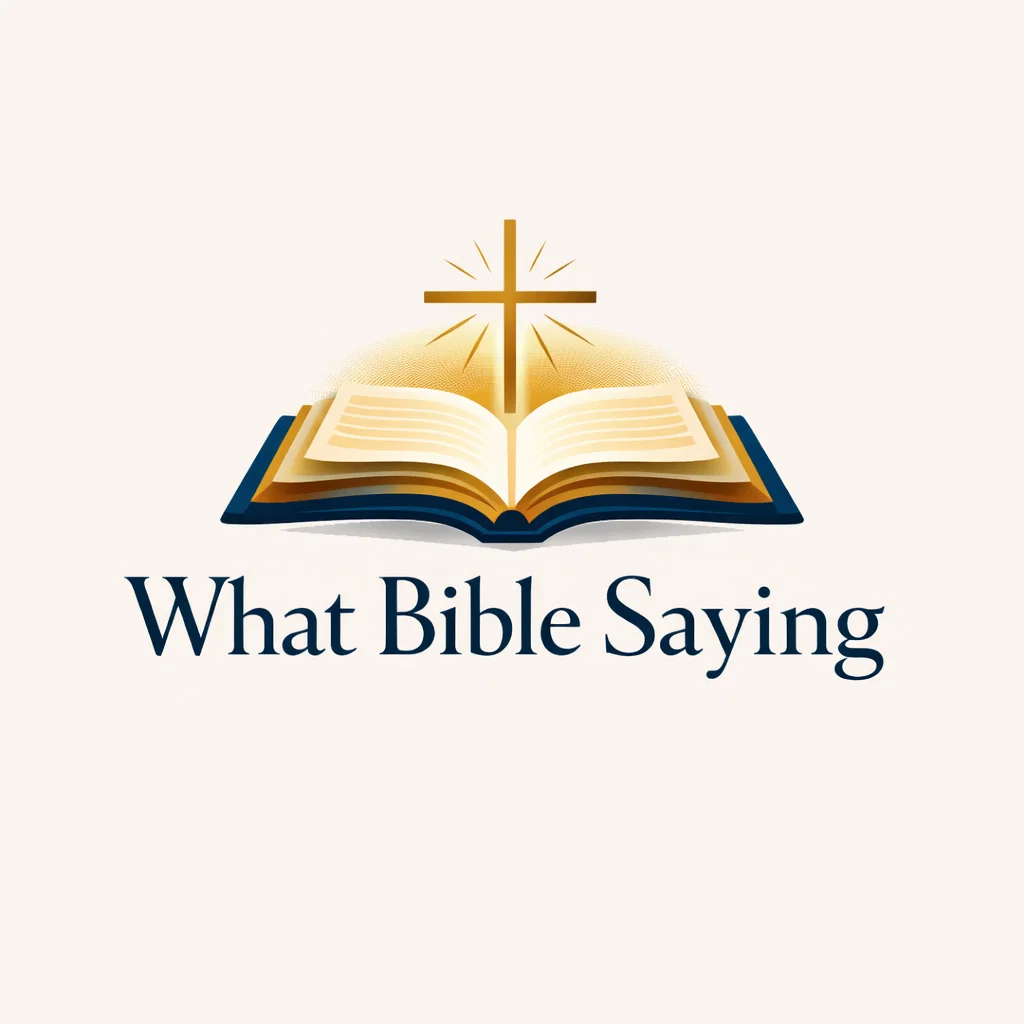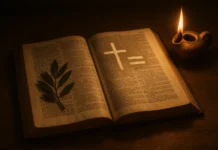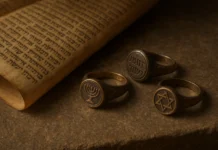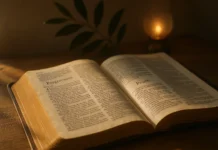 When approaching the sacred texts of the Bible, both newcomers and seasoned readers often ask, “How is the Bible organized?” Understanding its structure is crucial for navigating its teachings and insights effectively. This guide will explore the organization of the Bible, shedding light on its complex yet coherent setup and offering a roadmap for those wishing to explore it methodically.
When approaching the sacred texts of the Bible, both newcomers and seasoned readers often ask, “How is the Bible organized?” Understanding its structure is crucial for navigating its teachings and insights effectively. This guide will explore the organization of the Bible, shedding light on its complex yet coherent setup and offering a roadmap for those wishing to explore it methodically.
Understanding the Structure of the Bible
What are the Five Parts of the Bible?
The Bible is traditionally divided into five major parts:
- The Pentateuch or the Torah: Comprising the first five books, these lay the foundational laws and stories of Israel.
- The Historical Books: These narrate the history of the Jewish people from their conquest of Canaan through their exile and return.
- The Wisdom Literature: Books like Psalms, Proverbs, and Job offer poetic wisdom and reflections on life and faith.
- The Prophets: This section includes the major and minor prophets, who provide messages of warning, hope, and prophecy.
- The New Testament: Starting with the Gospels, it recounts the life and teachings of Jesus and the early Christian community.
How is the Bible Sorted?
The Bible is sorted into two main sections: the Old Testament and the New Testament. Each has further divisions like the Law, the Prophets, the Writings, and the Gospels, among others, which help categorize the various types of content, from historical records to letters.
Bible Structure Chart and 7 Divisions of the Bible
Understanding the Bible’s structure can be enhanced by visual aids like a Bible structure chart. Additionally, the seven divisions of the Bible, often used in deeper studies, include:
- Law
- History
- Poetry/Wisdom
- Major Prophets
- Minor Prophets
- Gospels
- Letters
How is the Bible Organized Verse by Verse?
Each book of the Bible is organized into chapters and verses for easy reference. This system was developed over centuries to aid in study and citation, allowing readers and scholars to locate passages quickly.
How is the Bible Organized Catholic?
The Catholic Bible includes additional books known as the Deuterocanonical books, not found in the Protestant Bible. These include Tobit, Judith, additions to Esther, and others, integrated into the Old Testament.
How is the Bible Broken Down into Categories for Referencing?
For scholarly and personal study, the Bible is often categorized into:
- Narratives that tell stories,
- Law Codes that instruct,
- Prophecies that warn or foretell,
- Gospels that testify,
- Epistles that advise and teach.
This categorization helps in thematic studies and enhances understanding by focusing on similar types of texts.
How To Read The Bible: Suggested Orders
While the Bible can be read front to back, there are several other methods to consider, each offering unique insights:
- Chronological Order: Reading the events in the order they historically occurred, which differs from the traditional book order.
- Thematic Order: Focusing on specific themes or topics throughout the Bible.
- Old and New Testament Together: Alternating between Old and New Testament books can provide contrasting perspectives on similar themes.
Conclusion
Understanding how the Bible is organized helps in navigating its profound depths. Whether you’re reading it for the first time or the hundredth, knowing its structure can greatly enhance your study and reflection. Remember, the journey through the Bible is not just about reading a book; it’s about discovering life’s meaning and finding guidance for daily living. Encourage yourself to connect with the text and find your own path in its sacred pages.












